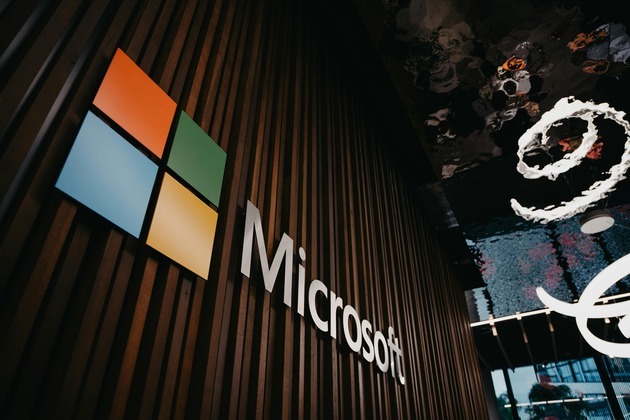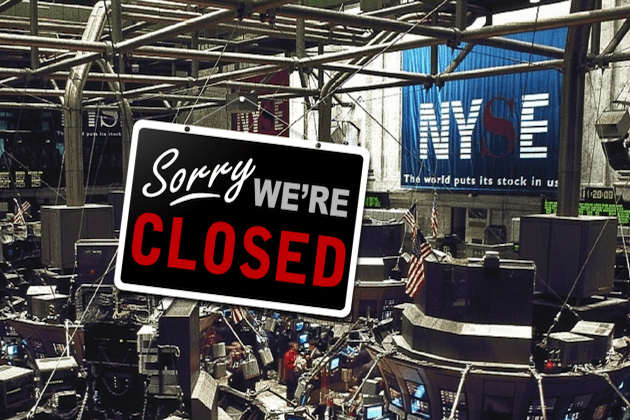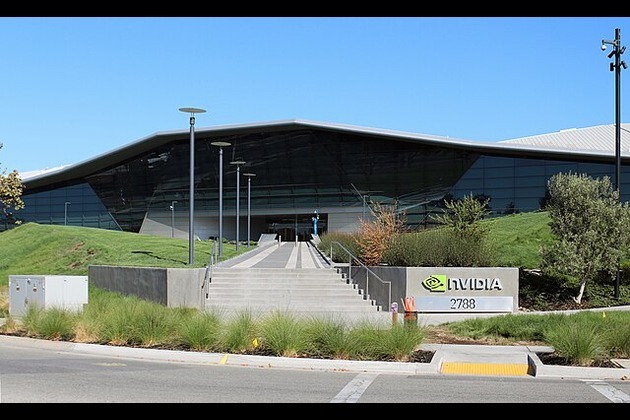The New Generation of American Voters- Employment Crisis Becomes the Focus
Merxwire
19 May 2020, 20:43 GMT+10
In the 2020 elections in the United States, generation Z voters born after 1996 were added, accounting for 10% of eligible voters. As more and more people reach the voting age, their political influence will continue to grow steadily in the coming years.

Washington, DC (Merxwire) - The Pew Research Center points out that a new generation of Americans will account for one-tenth of the eligible voters in the 2020 election. These voters were born after 1996 and are defined as Generation Z (Gen Z for short) voters. Most of this generation are not yet old enough to vote, but about 24 million of them will have the opportunity to vote in November. As more and more people reach the voting age, their political influence will continue to grow steadily in the coming years. With COVID-19 reshaping the country's social, political and economic landscape, everything has changed now, making the future of Generation Z full of uncertainty.
There are signs that the oldest Gen Zers have been hit hard by the coronavirus crisis. A survey in March 2020 pointed out that in the oldest Gen Zers (18 to 23 years old), someone in half of the households was unemployed or reduced their salary due to a new coronary pneumonia outbreak. This proportion is significantly higher than that of millennials (40%), generation X (36%) and baby boomers (25%). Obviously, unemployment will have the most severe impact on Gen Z.
The members of Gen Z are more diverse in race and ethnicity than any previous generation and are well educated. They live on digital generations, but they have similar views on key social and policy issues as millennials. A Pew Research Center survey of Americans 13 and older in the fall of 2018 (more than a year before the coronavirus outbreak) found that similar to millennials, Gen Zers is a progressive and pro Most of the government believes that the country УЂтЌтЂs racial and ethnic diversity is growing and that diversity is a good development.
Gen Z represents the country УЂтЌтЂs leading edge in increasing racial and ethnic diversity. A bare majority (52%) are non-Hispanic whites УЂтЌт significantly smaller than the share of Millennials who were non-Hispanic white in 2002 (61%) in 2002. One-in-four members of Gen Z are Hispanic, with 14% black, 6% Asian, and 5% other races. Although the number of immigrants flowing into the United States has decreased in recent years, new immigrants will join Generation Z in the next few years.
 Share
Share
 Tweet
Tweet
 Share
Share
 Flip
Flip
 Email
Email
Watch latest videos
Subscribe and Follow
Get a daily dose of New York Statesman news through our daily email, its complimentary and keeps you fully up to date with world and business news as well.
News RELEASES
Publish news of your business, community or sports group, personnel appointments, major event and more by submitting a news release to New York Statesman.
More InformationBusiness
SectionEngine defect prompts Nissan to recall over 443,000 vehicles
FRANKLIN, Tennessee: Hundreds of thousands of Nissan and Infiniti vehicles are being recalled across the United States due to a potential...
Microsoft trims jobs to manage soaring AI infrastructure costs
REDMOND, Washington: Microsoft is the latest tech giant to announce significant job cuts, as the financial strain of building next-generation...
Stocks worldwide struggle to make ground Friday with Wall Street closed
LONDON UK - U.S. stock markets were closed on Friday for Independence Day. Global Forex Markets Wrap Up Friday with Greeback Comeback...
Nvidia briefly tops Apple’s record in AI-fueled stock rally
SANTA CLARA, California: Nvidia came within a whisker of making financial history on July 3, briefly surpassing Apple's all-time market...
ICE raids leave crops rotting in California, farmers fear collapse
SACRAMENTO, California: California's multibillion-dollar farms are facing a growing crisis—not from drought or pests, but from a sudden...
Trump signals progress on India Trade, criticizes Japan stance
WASHINGTON, D.C.: President Donald Trump says the United States could soon reach a trade deal with India. He believes this deal would...
International
SectionTragedy in Spain: Diogo Jota and his brother die in car accident
MADRID, Spain: Liverpool footballer Diogo Jota and his younger brother, André Silva, have died in a car accident in Spain. Spanish...
Early heatwave grips Europe, leaving 8 dead and nations on alert
LONDON, U.K.: An unrelenting heatwave sweeping across Europe has pushed early summer temperatures to historic highs, triggering deadly...
U.S. military, China, Russia in Space race
President Donald Trump's plans to build a space-based Golden Dome missile defense shield have drawn immediate criticism from China,...
Trump wins $16 million settlement from Paramount over CBS Harris edit
NEW YORK CITY, New York: Paramount has agreed to pay US$16 million to settle a lawsuit brought by U.S. President Donald Trump over...
British PM faces major party revolt over welfare reforms
LONDON, U.K.: British Prime Minister Keir Starmer won a vote in Parliament this week to move ahead with changes to the country's welfare...
White House meeting between Trump, Netanyahu on July 7
WASHINGTON, D.C.: President Donald Trump will meet Israeli Prime Minister Benjamin Netanyahu at the White House on Monday. President...













